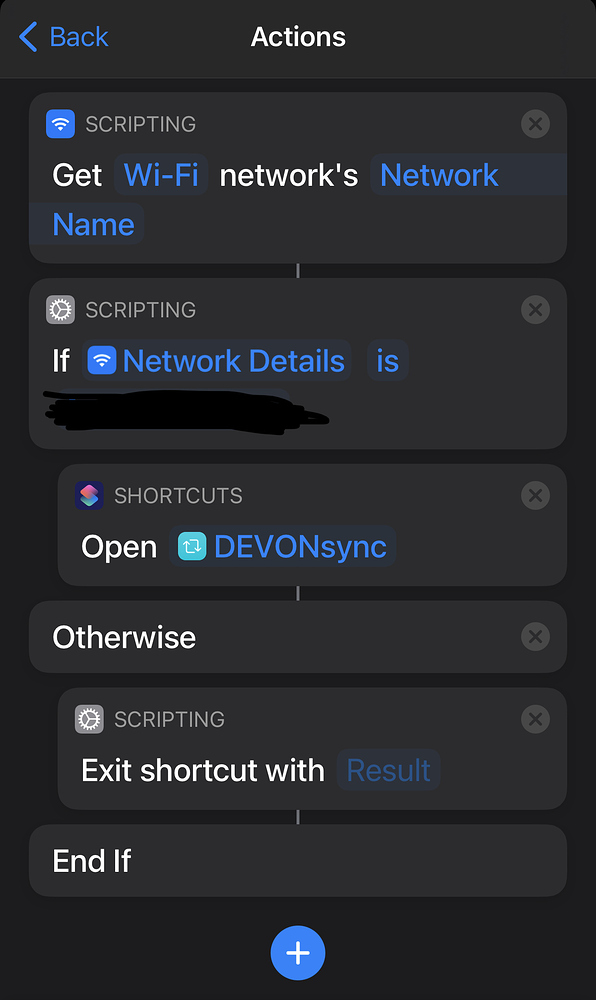

This makes it easy to search and find them with tools like Alfred or Quicksilver or Spotlight. They’re indexed and stored in a folder hierarchy that you can still access. It’s one of a handful of apps that are always open on my desktop.ĭocuments aren’t stuffed into some database, either.

It has fuzzy search capabilities and automatic OCR that is lightning fast. I scan documents directly into it, tag them, and sometimes link them from multiple folders, which Devon will do without copying them (or I can also copy them if I need to). It’ll do encrypted databases, and it has mobile apps that work great. I put everything in it, and I sync it between devices using WebDAV via Seafile, which also works to get data offsite in case the house burns down. I’ve been working with digital paper apps for years, and DEVONthink absolutely crushes everything else. And that is something we want to avoid if we can.I do all document management with an app called DEVONthink. And we hope this makes it a bit more clear why we advocate the system as a way to not be reliant on one single data store that can be lost or become inaccessible, leaving you without your data. So as you can see, this is a model already used by many companies, including cloud services. With external hard drives being small and affordable nowadays, limited disk space can be easily expanded. While this may be technically true, the benefits of decentralization make that an option we don’t advocate. Additionally, you can sync directly between devices with DEVONthink or DEVONthink To Go, but each device still has its own independent copy of the database to work with.Īnd yes, some cloud providers offer the option to only store your data online, claiming it will save you space.
Devonthink to go icloud sync mac#
Then the database on your other Mac or Apple mobile device downloads those changes when they’re available. It syncs to a remote sync location, e.g., Dropbox, as a transfer location. While DEVONthink’s sync isn’t merely making file copies, it follows a similar decentralized model. So when you add an item to iCloud Drive on your machine, a copy is synced to Apple’s servers, then a copy is synced to your other devices as local data. The items are stored in the cloud as a transfer point between machines.


For cloud services, this is their cloud servers. So where does the cloud figure in to this? In a decentralized system, the devices can sync to a commonly accessible location. And while decentralization isn’t a replacement for good Backups, with multiple machines having copies of the data, you could potentially be up and running much faster. If all your data is stored in one location, and that data is lost somehow, you better have your backups running and available. And if the network is down or unavailable, you still have the data to work with.Ī decentralized system also affords some measure of backup. If one machine is off or broken, the others are still running happily. This makes each machine independently operational. With DEVONthink, each Mac or Apple mobile device has its own copy of a syncing database. For example, the local Dropbox folder on your machine gives you access to your documents outside the cloud. In a decentralized system, each device has a copy of the data. But if your data is all in the cloud, have you ever wondered why there are still local folders on your machines? Let’s briefly discuss why decentralization is the model that DEVONthink follows. So people often ask or expect their DEVONthink databases to be online. This is marketed by companies like Apple touting “Your data everywhere” or Dropbox saying they’ll store your data in their cloud. Nowadays, people often talk about data being “in the cloud”.


 0 kommentar(er)
0 kommentar(er)
